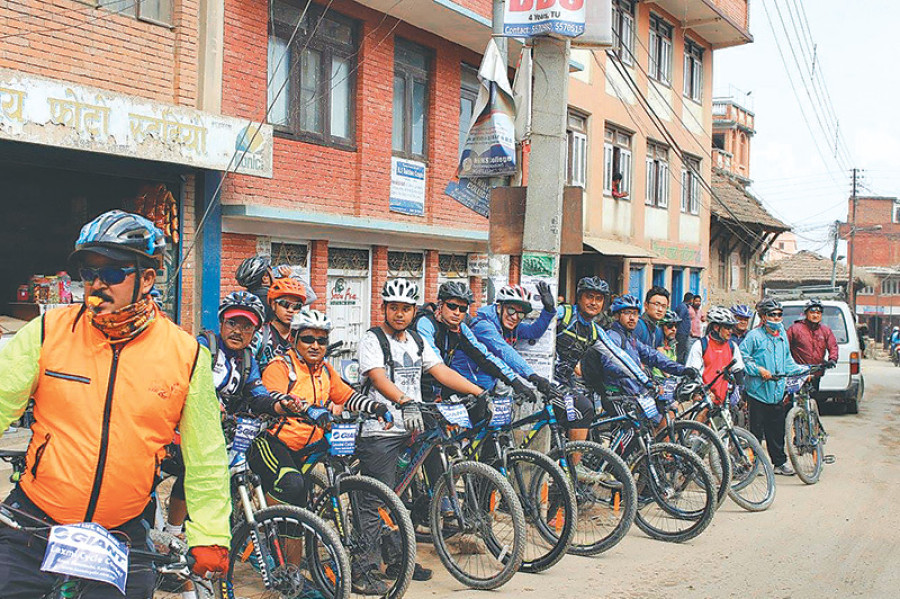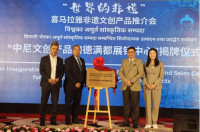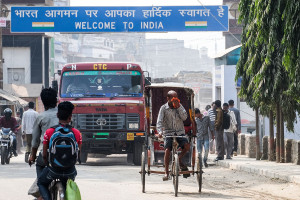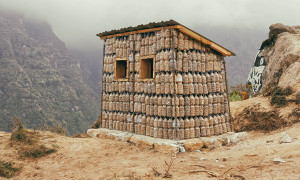Money
Health conscious: Pedal power spreads in Kathmandu Valley
A-level student Sunaj KC owns a Honda Unicorn motorbike, but he prefers to travel around the Kathmandu Valley on his Giant bicycle. He bought the two-wheeler for Rs50,000 at Asan two years ago, and since then he has been pretty much glued to it.
Aagat Ruchi Sapkota
A-level student Sunaj KC owns a Honda Unicorn motorbike, but he prefers to travel around the Kathmandu Valley on his Giant bicycle. He bought the two-wheeler for Rs50,000 at Asan two years ago, and since then he has been pretty much glued to it.
“Riding a bicycle is adventurous and demanding. It tones up your body and keeps you fit as well,” said KC.
Like KC, many youths in the Valley prefer to pedal around town to maintain their health and relieve tension. This justifies the gradual growth in the number of cyclists and bicycle commuters.
Although there are no official statistics on the number of cyclers, proliferating bicycle shops and swelling demand for bicycles indicate that cycling is now the in thing.
Some of the most popular bicycle brands sold here are Trek, Giant, Motachie, Specialized, Ktm and Commencal. These bicycles are mainly manufactured in the US.
Entry-level bicycles—mountain bikes for beginners that are used for general purposes like travelling and commuting—are the most popular in Kathmandu. Prices of these bikes start at Rs50,000.
Entry-level bicycles, also known as road bikes, are used for a wide range of purposes with its primary use being for transportation. While students generally use them to move around the city, working professionals also use them to commute.
Also available in the Valley are mountain bikes, which are more advanced than utility bikes and are used by those who have an appetite for thrilling experiences, like riding over difficult trails.
These bikes, which have a stronger frame, more gears and resistant tires, cost at least Rs100,000 and the price can go up to Rs800,000. One may also have to cough up anywhere between Rs2,000 to Rs5,000 per month to cover maintenance costs.
Most mountain bike buyers are professional cyclists and cycle rental shops that cater to tourists, according to Deepak Tamang, a salesman at Gear Venture in Baluwatar. “As many people cannot afford these cycles, they prefer to hire them,” Tamang said.
Bicycle sales in the Valley soared during the trade blockade by India that lasted from September 2015 to February 2016 when gasoline disappeared from the market and forced motorists to rely on their legs.
One shop in Asan said it sold around 50-80 utility bikes during the embargo. Cheaper brands like Everest—which cost around Rs15,000—were flying off the shelves, the two-wheeler dealer said.
“It was difficult to keep track of sales during the blockade,” said Anup Shrestha, a salesman at Trek bicycle store in Pulchok. “People were not buying bicycles because they were cycling fans. They were buying them because they had to.”
Compared to sales during the height of the blockade, the market has slowed down some. Shrestha’s shop, for instance, sold only 15 bikes during the last six months, which, according to him, is “pretty disappointing”.
He added, “But you also have to acknowledge the fact that people who were thinking of buying a bicycle have bought one during the blockade. So, it’s not logical to expect sales to remain at the same level as during the blockade. In that sense, there is no reason to be unhappy.”
Bicycle sellers like Shrestha are optimistic about the future of the business because of the spreading fitness craze.
“And Kathmandu is perfect for cycling,” said Buddha Lama, owner of Trek bicycle store in Panipokhari. “The weather is perfect here, and you have such beautiful trails all around.”




 10.12°C Kathmandu
10.12°C Kathmandu














